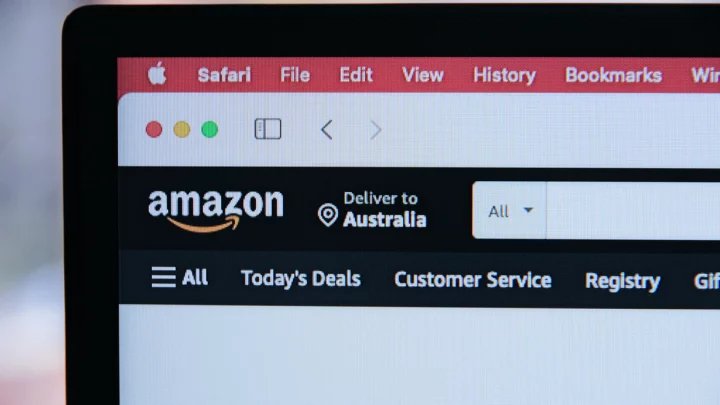Afraid of being hacked or tricked by an Amazon phishing email? Practicing safety with confidential online information doesn’t have to feel impossible. Here’s how to spot an Amazon scam email so you know exactly what to look for the next time you think you have an email from Amazon.
Suspicious email address
Always look closely at the email address! Does it end in something like @info.com, @gmail.com, or @hotmail.com? Amazon will only contact you from an official @amazon.com email address ending. Also be sure to check for the email sender’s name or any strange letters and numbers that seem out of place. If the email you’ve received is a scam, it will likely have one or more of these telltale signs.
The email is trying to make you panic
Have you received a strange email that makes you worried for your Amazon account or bank information? The email might be about one of the following subjects:
- Requesting to send Amazon gift cards
- Notifying you of suspicious or fraudulent activity
- Telling you that you won a contest, raffle, or prize
- Asking to make a payment outside of Amazon
- Wanting remote access to your devices
- Offering an unexpected refund
- Sending an unexpected order / delivery confirmation
- Verifying sensitive information
- Updating your payment or login information via email
Pause to consider the situation when you receive a frightening email like this. Scammers will often try to trick you by creating a sense of urgency or alarm to make you panic and give up your information without thinking. If you are worried something is wrong with your account, go to the Amazon website by typing in the URL yourself, not by clicking links provided by the scammer. If something is actually wrong, you should be able to address it there at the actual website, not through email.

What are some general tips for avoiding Amazon phishing emails?
The following tips are helpful not only for figuring out scam emails, but when faced with any suspicious activity on the Internet!
- Did someone send you a link? Don’t click it. Always type in the URL yourself. Clicking links or copying and pasting the provided URL into your browser’s search bar could cause you to miss a typo or crucial detail that reveals the link is not actually going to a trusted website, such as amazon.com. Instead, it might be something like anazon.com.
- Secure doesn’t always mean what it used to mean. The ‘s’ in ‘https’ that can be found in the website’s URL doesn’t always mean it’s actually secure. Savvy hackers have turned this once useful way to judge a site’s safety into another way to trick people.
- The padlock symbol to the left of the URL isn’t always a 100% guarantee, either. Like ‘https’, scammers are beginning to include this icon in their fake websites in order to lull you into a false sense of security.
- If you think your Amazon account might be in danger, change your login information immediately. Contact your bank if you suspect fraudulent activity.
What should I do if my money or account was stolen through an Amazon phishing email?
If you have been scammed, you can report the scammer and get your money back here on Amazon’s website. You can also report Amazon phishing emails here.
Want to learn more about our other resources?
Check out these other articles!
- Click here to learn more about common scams and how to avoid them.
- Click here to read more about Amazon.
- Click here for a ton of ways to save money.
- Click here to learn about getting free stuff.
Watch videos about benefits, free stuff, money, and savings at our Low Income Relief YouTube channel!

